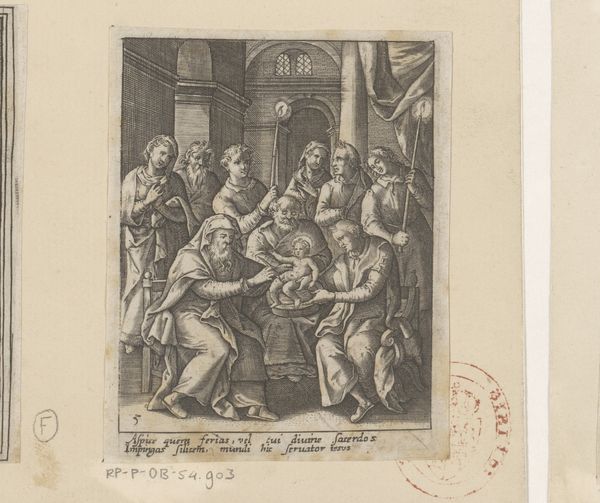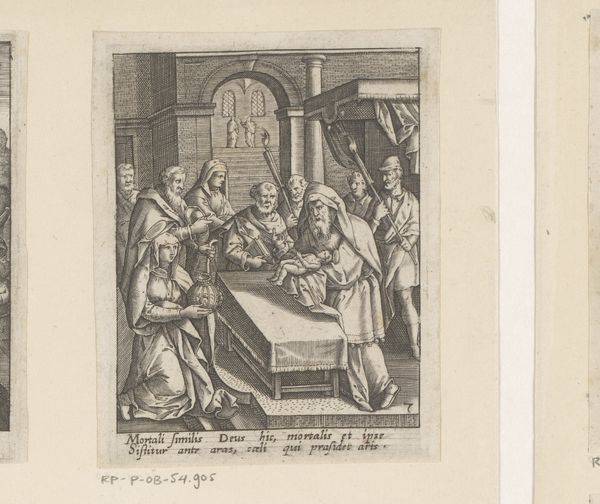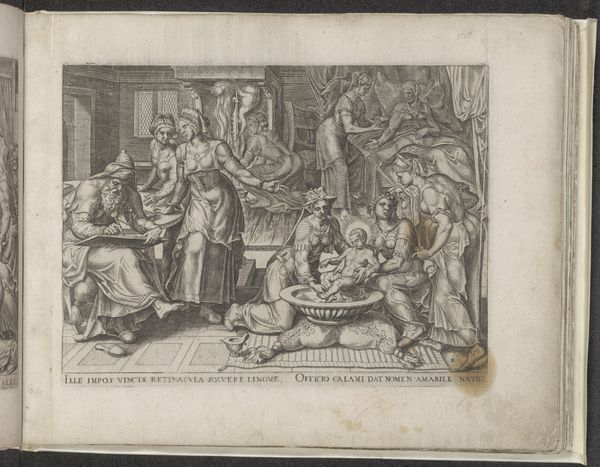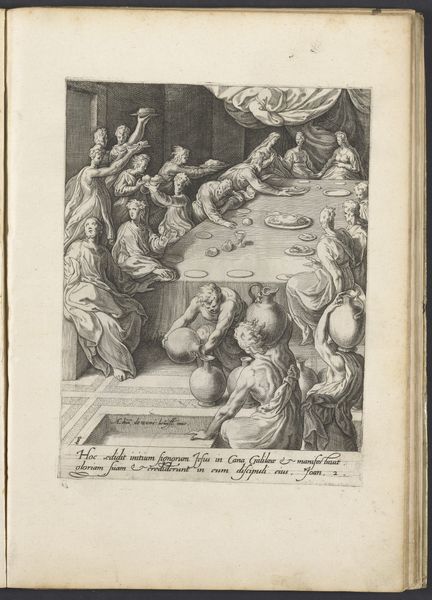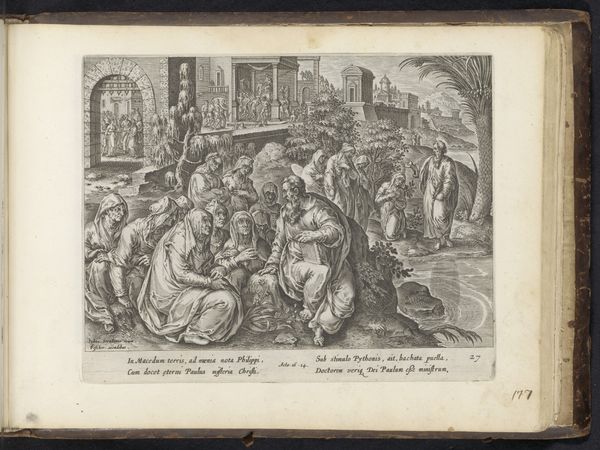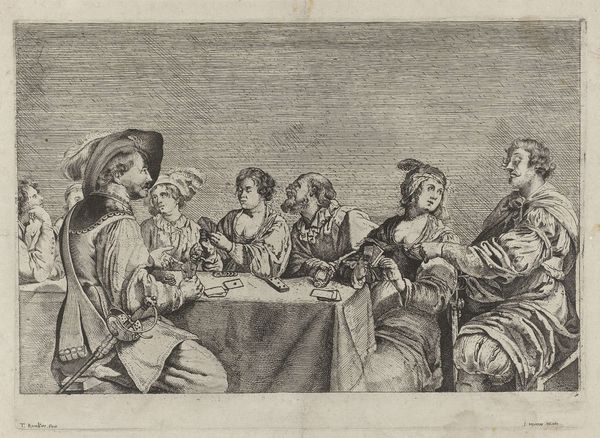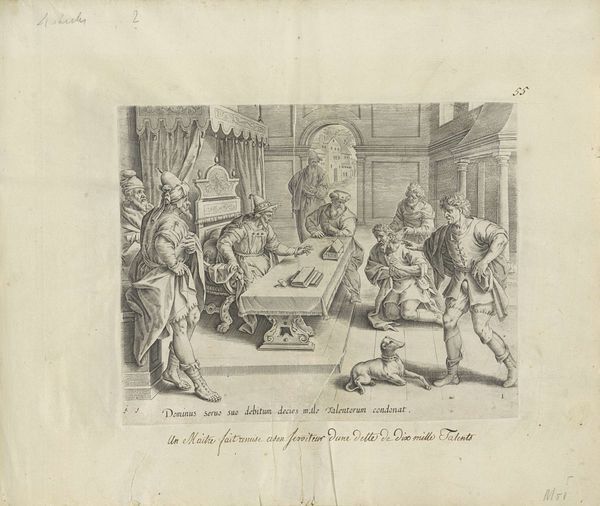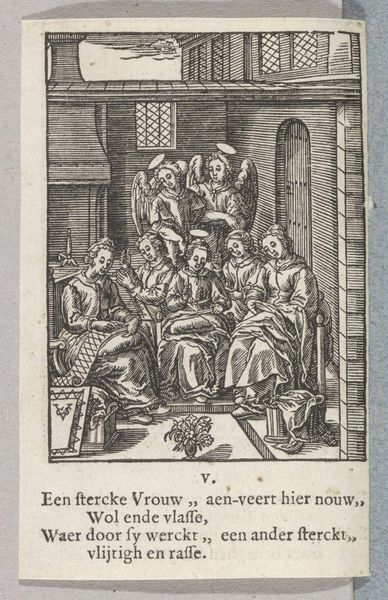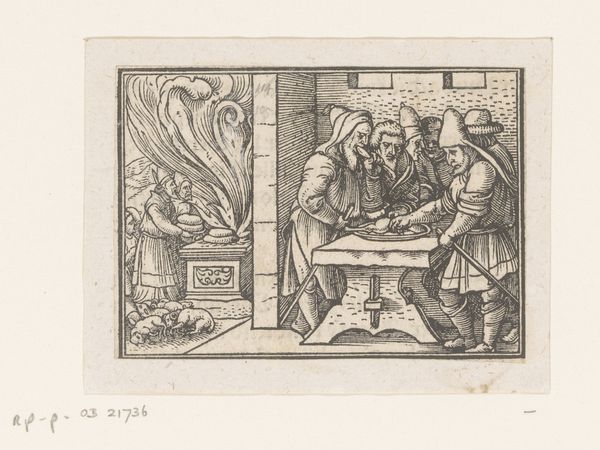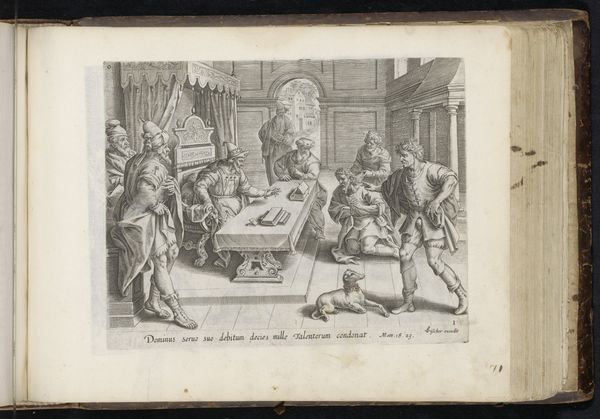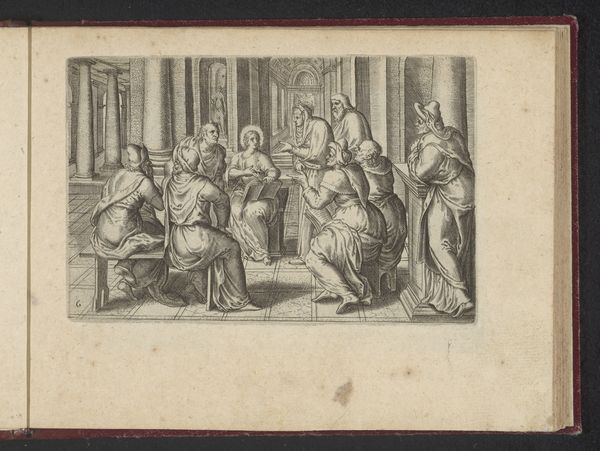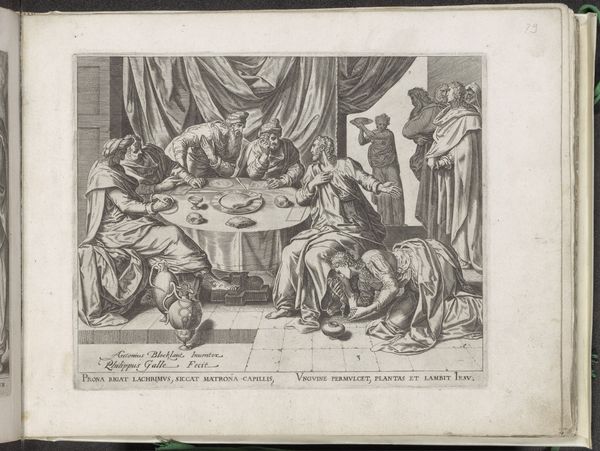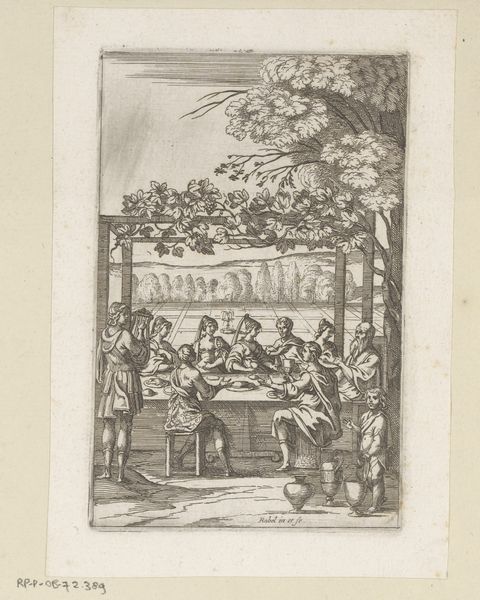
print, intaglio, engraving
#
baroque
# print
#
intaglio
#
figuration
#
11_renaissance
#
history-painting
#
northern-renaissance
#
engraving
Dimensions: height 91 mm, width 72 mm
Copyright: Rijks Museum: Open Domain
Heinrich Ulrich made this tiny Last Supper print sometime around 1600. Prints like these weren’t just images, but products of skilled labor. Ulrich likely used a technique called engraving, cutting lines into a copper plate with a tool called a burin. Imagine the focused concentration required to carve such detail onto a plate smaller than your hand. This plate would then be inked and pressed onto paper, creating multiple identical images. The act of printing itself allowed for wider distribution of religious imagery, making art more accessible across society. Ulrich’s print isn’t just a devotional object; it's a testament to the power of reproducible images in early modern Europe, a precursor to our own age of mass media. It makes you wonder, what level of skill did Ulrich have to attain to create such intricate designs? And how does its mode of production change the way we look at this very common religious scene?
Comments
No comments
Be the first to comment and join the conversation on the ultimate creative platform.
